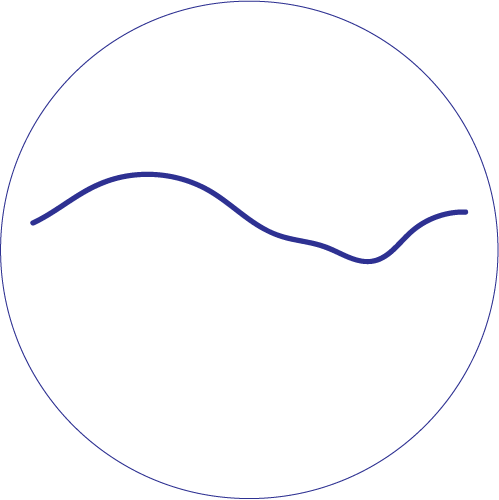The TAR Manifesto [orion crook + xenia simos]
An artist should go deep inside himself for inspiration. The deeper
he looks inside himself, the more universal he becomes.
—Marina Abramović
There is a prevailing school of thought that describes the artist as self-reflective and their pieces as a public declarations of their inner workings. The viewpoint of the artist has been revered and esteemed. The role of the artist is to observe, analyze, and convey the reality they perceive. Art, if nothing else, is an expression of humanity.
Throughout the ages, this role has been tainted with the lore of the artist as starving, suffering, tormented by creation, and left to lick their wounds. We have glamorized the damaging mythology of the creative hermit that bears the culture’s burden—that to create great work, one must suffer, and one must suffer in solitude. This trope of the “tortured artist” is counterintuitive to the creative process and disorders the identity of a self who is meant to create. It is not productive to the artist and hinders creativity.
Atlanta’s TAR Project (Therapeutic Artist’s Residency) was founded on a vision to offer something more than professional development. It is a vision to create an art culture that seeks to transform this narrative of the solitary, struggling artist. If a core function of art making is to self-reflect, then we can be intentional about holding space to develop and strengthen this process. TAR takes the traditional artist’s residency and places it inside a therapeutic container. This provides a community that encourages vulnerability in the creative process, thereby empowering artists to engage art in an emotionally sustainable way.
The following words are intended to establish a new artist culture, one that holds vulnerability as the birthplace of creativity, innovation, and change.
:TAR Manifesto:
Foster a community of artists that teach, support, and encourage each other to grow and innovate
Encourage vulnerability through open process to express and examine fears, doubts, blocks, and struggles of the creative process
Generate awareness of patterns between daily life of the artist and their art process
Centralize art making alongside self care and actualizing
Movement towards developing a sustainable art process and trusting in its unfolding
Identify artist as practitioner of well-being through art process within a shared community
___________________________________________________________________________
In the first year of TAR, the residency worked with four artists -- an artist frozen by the rigidity of their own art process, another diagnosed with cancer forcing art to the back burner, one with looming questions of art school as institutional, and one searching for the spiritual journey in their work. TAR encountered these four residents who ultimately transmuted their narratives of struggle into creative possibility. As the inaugural year comes to end, the artists close with a collaborative show to bring the viewer into the TAR experience.
Over the next month, the artists invite you to experience installations and participatory performances that reflect TAR’s process: Connect / Unfold / Release. Over the course of these events, the gallery space will be unfolded, altered, and revealed as a place of reflection for the artists and audience. Visitors are encouraged to be daring collaborators and become an active part of the exhibition.
Three nights of installation and participatory performance
led by Orion Crook, Steven L. Anderson, Julie L. Sims, and Xenia Simos
Connect: July 27, 7–10pm
Unfold: August 3, 7–10pm
Release: August 10, 7–10pm
Exhibition on view from July 27–August 19, 2017
Day & Night Projects 585 Wells St. SW, Atlanta, GA 30312
More information: OrionPsychotherapy.org
| all content is property of the artist |
